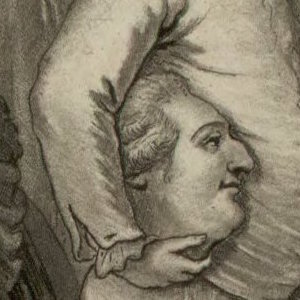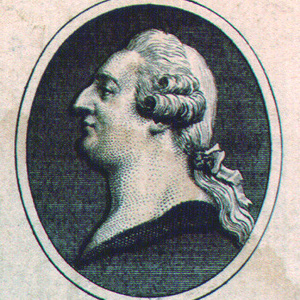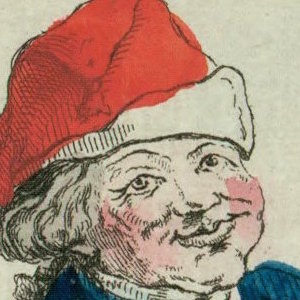Enlightenment

Louis Arrives in Hell
In classical mythology, the journey to Hell involved crossing the river Styx. Revolutionary cartoonists often invoked this image when describing the fate of their enemies. This is no exception. See the boat on the left with the dog, Cerberus, who was the guardian of the gates of the underworld.

Rare Animals; or, the Transfer of the Royal Family from the Tuileries to the Temple. Champfleury, 1792
Here the events of 10 August were expressed by reducing the royal family to animals. Driven from their palace to prison, the family became no more than a group of barnyard animals. Contrast these common four–footed animals with the erect revolutionary whipping them along.

King and Queen as Two–headed Monster
The Queen, never popular to begin with in France, also bore the brunt of popular anger in 1792, as seen in images of the King and Queen as animals.

Louis Rides a Pig
Equestrian skills were expected of a monarch. But portraying the King mounted on a pig was most unflattering. Linking royalty to animals was a theme that emerged after the flight to Varennes.

Louis as No More Than a Man
Part of the revolutionary undermining of the monarchy becomes evident in this profile of Louis XVI, shown here without his wig or finery.

Louis as a Drunkard
This image of Louis, already altered by commoner attire and a Phrygian cap, added a raised bottle. This transformation could scarcely have been anticipated even a year or two into the Revolution.

Louis as a Drinker
The arrest of the King prompted an outpouring of sentiment against Louis. Like his grandfather, Louis XV, whose early reputation as "Louis the Well–Loved" faded by the end of his long reign, Louis XVI now became the focus for all sorts of discontents.

Louis XVI, King of the French, born 23 August 1754.
Early in the Revolution, LaFayette was among the most visible and popular leaders, in part because of his participation in the American revolution and his relationship to George Washington, Thomas Jefferson, and others. Further, though noble, he had been sympathetic to the Third Estate.

Long Live Liberty
Cartoonists extrapolated more and more on a new Louis as the Revolution went along. Here, a rather rumpled King, dressed more like a shopkeeper than a monarch, opens a cage to let liberty out.

Louis XVI, King of the French
This fascinating print, likely produced before the King’s flight from Paris, takes the Louis XVI of the old regime and makes him a revolutionary with the addition of the Phrygian cap.